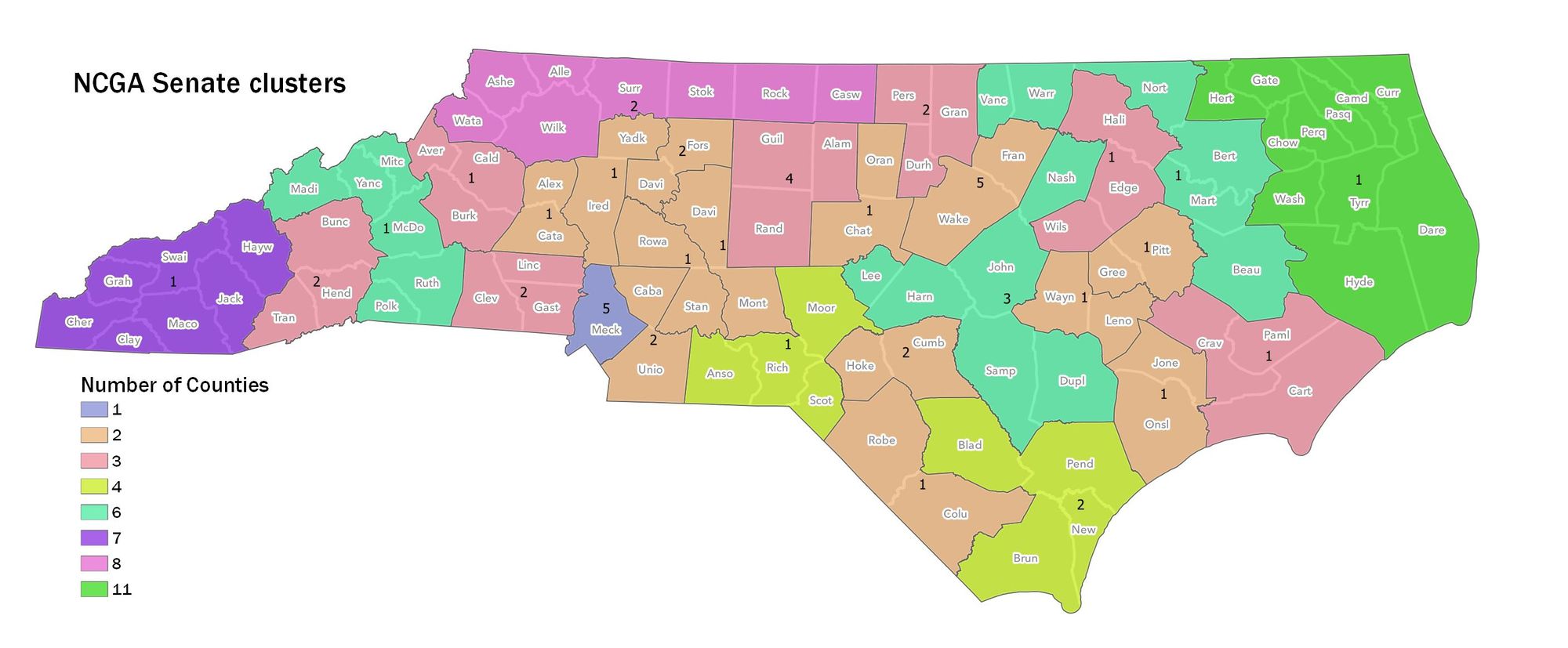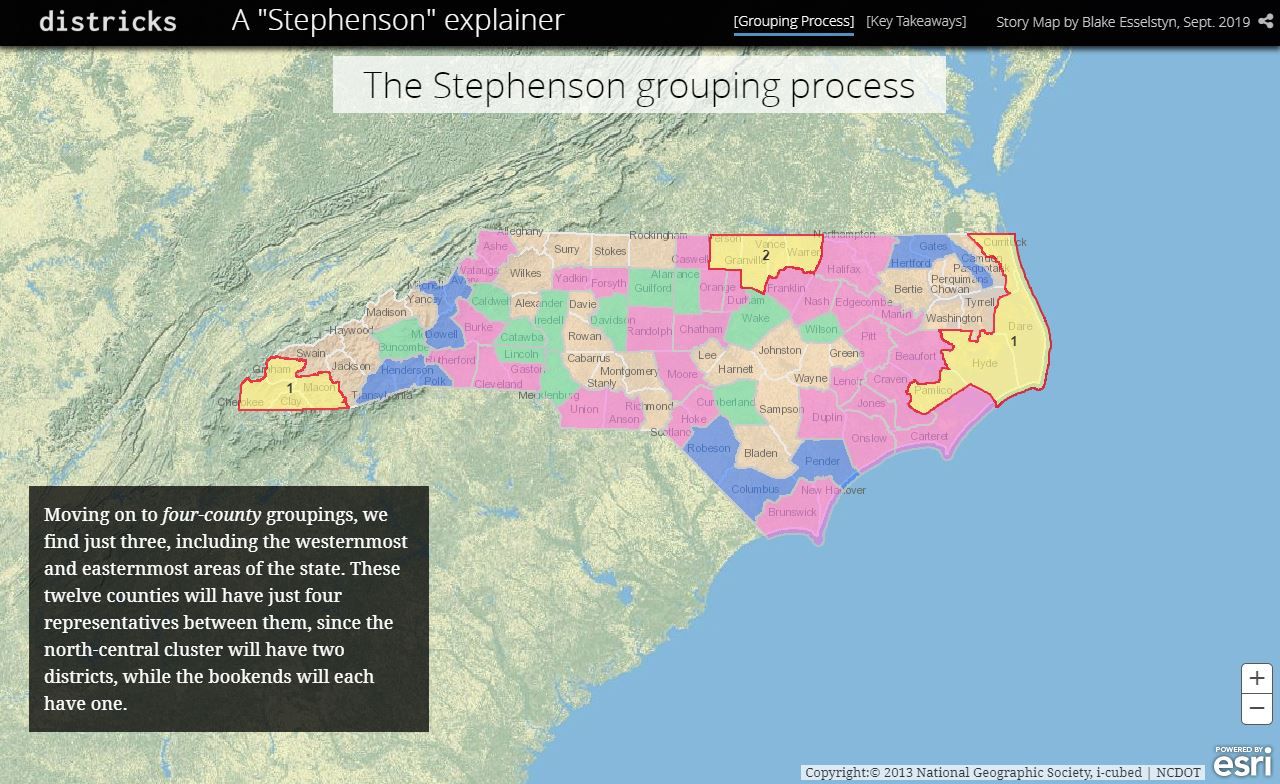An overdue explanation of NC's county-grouping requirement for redistricting—special bonus included!
Why is the term 'cluster' so often used in conjunction with NC legislative maps? The answer's probably different from what you're thinking.

Why is the term 'cluster' so often used in conjunction with NC legislative maps? The answer's probably different from what you're thinking.
Embedding clusters in legislative maps is actually a court-mandated necessity. Often cryptically called the "Stephenson" requirement—based on the lawsuit that engendered it—it suffers from an undeserved lack of publicity and understanding, even among otherwise well-informed folks.
And despite the crucial role this clustering plays in North Carolina redistricting—an increasingly hot topic—I failed to find a good explanation of it online. I had hoped to post one myself back in 2017 when the maps were being redrawn, and yesterday's court decision requiring new districts in the coming weeks has motivated me once again to provide one.
Because it's all about the attributes and relationships of counties I decided to publish it in the form of a scrolling Story Map, which you can (and should!) check out by clicking on the image below. But before you go to the Story Map, the paragraph below the image is really worth reading.

In a delightful coincidence, a group of math scholars from two schools in Durham has been doing some tremendously cool and important work related to this very grouping challenge, and they're just making their findings public. The work has to do with optimizing the county grouping process outlined in the Story Map, and they've provided a more technical article and even open source code in addition to the blog post. I fully expect their findings to impact how redistricting happens in North Carolina in the coming decade, and the icing on the delectable nerd cake is that two of the authors of the article were high school students when they were doing the work!
[Post updated 12/30/2019 to modify the URL for the Story Map.]
